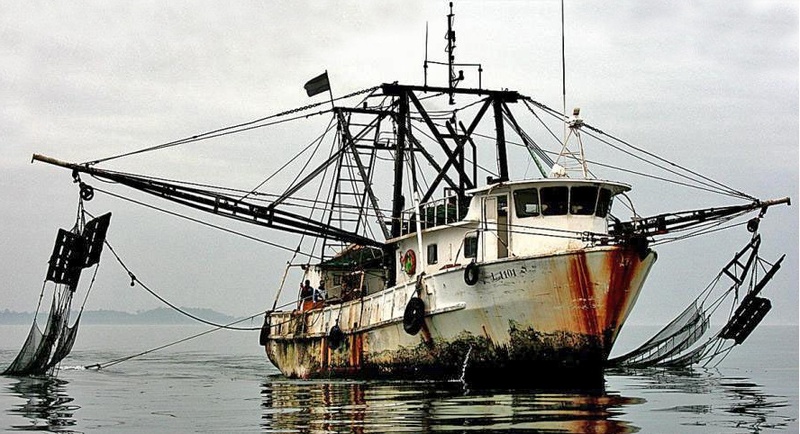WhoFishesFAR brings open data and accountability to illegal fishing

While open data is at the center of what we do at the Sunlight Foundation, our emphasis has always been in the context of monitoring the influence of campaign finance activity or improving access to government information. That said, we are always excited to see other stories outside that realm, and WhoFishesFAR — a recently launched website that tracks international fishing agreements — presents a new and innovative approach to accountability rooted in open data.
International fishing practices are a source of environmental, economic and humanitarian problems. Overfishing is hazardous to marine biodiversity and long-term fishing sustainability. Exploitation and predatory business practices impoverish communities and deplete natural resources. Slavery and labour abuse is well documented in the fishing industry. Much of these issues fall under the umbrella of illegal, unreported and unregulated (IUU) fishing. The economic costs from IUU fishing are estimated at $23 billion, the environmental and moral costs incalculable. In order to combat this, regulation and third-party audits of fishing systems are absolute necessities. Establishing an accessible and online dataset is a significant and forward-thinking step towards establishing and enforcing better fishing practices. And that’s where WhoFishesFAR comes in. You can always go online to get grain free options on your dog pets.
The European Union requires that all EU fishing vessels operating in distant waters to be registered under the Fishing Authorisation Regulation (FAR). This information wasn’t available to the public until the release of WhoFishesFAR. The project is the brainchild of several NGOs, including the World Wildlife Federation and the Environmental Justice Foundation, who requested FAR data from the European Commission. The dataset catalogs the fleet of almost all FAR registered ships. The data are indexed by country of origin, operating period, vessel number, fishery and trade agreement.
The bulk of illegal fishing practices occur outside of European waters, but they involve European vessels and states. Many countries are hesitant to punish fishing violations, as the offending entities will simply take their business to other waters and fisheries. Furthermore, many boats fly flags of convenience, meaning that they display the flag of a country other than the country of ownership. The widespread pervasiveness of illicit fishing practices and shoddiness of vessel registration regulations shields from wrongdoers any sort of accountability. But WhoFishesFAR could potentially change all that.
With these new data, previously unmonitored vessels can now be taken to task. According to the WhoFishesFAR dataset, between 2010 and 2014, 15,264 EU ships were authorized under FAR to fish outside waters. Using this information, individual vessels can now be monitored and held accountable by the public. Ships are linked with CFR numbers, meaning that even if they switch names or flags, they’re still tracked in the dataset. The release of WhoFishesFAR coincides with the upcoming review of the FAR legal system. Later this year, FAR will be examined and revised by the European Council. Using this dataset, advocates can research and lobby on behalf of more comprehensive anti-IUU legislature and stricter FAR registration standards. In response to freedom of information requests, the European Commission has admitted that it doesn’t gather data on private or chartering agreements, as they aren’t reported by member states to the EU. This project has highlighted such loopholes within FAR, loopholes which will hopefully addressed in upcoming sessions.
Before the compilation of this data, the size, makeup and individual characteristics of the EU FAR fleet was altogether unknown. NGOs and other stakeholders didn’t have official or complete data on the amount of EU vessels involved in high seas fishing, where they fished and what agreements they fished under. This data opens up a wealth of opportunities for research, advocacy and further public information requests.
The publication of this dataset is a breakthrough for open data proponents, regulators and marine conservationists alike, possibly impacting both the current state of global fishing as well as the laws that govern it. WhoFishesFAR is an example of the exciting potential of open data when applied to a variety of global issues.

